Jul
5 Steps To Stopping Wildlife From Living In Your Roof
Australia, with its abundant bushland and leafy suburbs has its fair share of wildlife. And it’s common for creatures to live in or regularly visit our backyards…
And some will actually move in with you…
Wildlife will seek out shelter like our roofs when there are no longer natural alternatives.
Roof spaces are dark, dry and safe places to rest, and creatures such as possums, snakes, birds, rats and mice love them.
But they can cause damage to insulation, trim, wiring, ceiling material and ducting.
So, if you have something in your roof or want to avoid anything taking up residence, the following 5 steps will stop wildlife from living in your roof.
Step 1. Find The Entry Points
To keep wildlife out of your roof, the first step is to locate areas that could be used to gain entry and adequately seal them.
To confirm an animal is entering a particular area, you can either:
- Loosely stuff newspaper into any holes you find. Most animals will simply push these out when exiting the roof.
- Sprinkle flour around the area; footprints will be easily seen and can even identify the species by the size and shape.
Step 2. Remove The Animal
If you have wildlife living in your roof, it’s important to remove it unharmed where possible. It’s best to have a professional wildlife handler organise this.
But remember, if you suspect it’s a possum, bird or snake, some species are protected and must be removed by a licensed commercial relocator.
Step 3. Block The Entry Points And Then Erect Alternative Shelter
Once the animal has been removed, you can now block all possible entry points. This is not as easy as it sounds and if done inadequately, wildlife will quickly return. So make sure you do the next step.
If you have a possum living in your roof, it’s a good idea to put up nesting boxes in conjunction with blocking entry points. So it has access to alternative shelter. You can entice it to use the box, by placing food in it.
Step 4. Schedule A Roofing Inspection
Entry points need to be blocked properly, and your recent visitor may have chewed through wiring, damaged insulation or ceiling and roofing material. To be certain that barriers are secure and that no serious damage has occurred, have Roo Roofing conduct a roof inspection.
An inspection by a professional will give you peace of mind. To prevent further pests from entering the home, they’ll check your entire roof for entry points, identify damage and check the fascia and soffit system is well secured and complete.
Roo Roofing will inspect your roof and specify what works are necessary to make your roof better than new.
Step 5. Make It Difficult
Possums and other wildlife can be incredibly agile and stubborn, making it difficult to stop them accessing your house completely. But, you can make it more difficult for wildlife to live in your roof by:
- Trimming tree branches away from the house.
- Planting trees as far away from the house as possible.
- Removing food scraps from exterior areas.
- Secure garbage bins.
- Install motion sensor lights and sprinklers in your yard to scare them so they’ll eventually leave.
When there is no natural alternative, wildlife love to shelter in our roof spaces. So, if you make it easy for them, you’ll have plenty of animal visitors. But, now you know the 5 steps to stop wildlife living in your roof, by following them, you can avoid the possible damage they can cause.
Call Roo Roofing to assess your home. Roo Roofing can submit a quote to fully restore, repair or replace damaged elements of your roof. Roo Roofing can also quote on any other associated carpentry and painting works required to renovate or maintain your home or building.








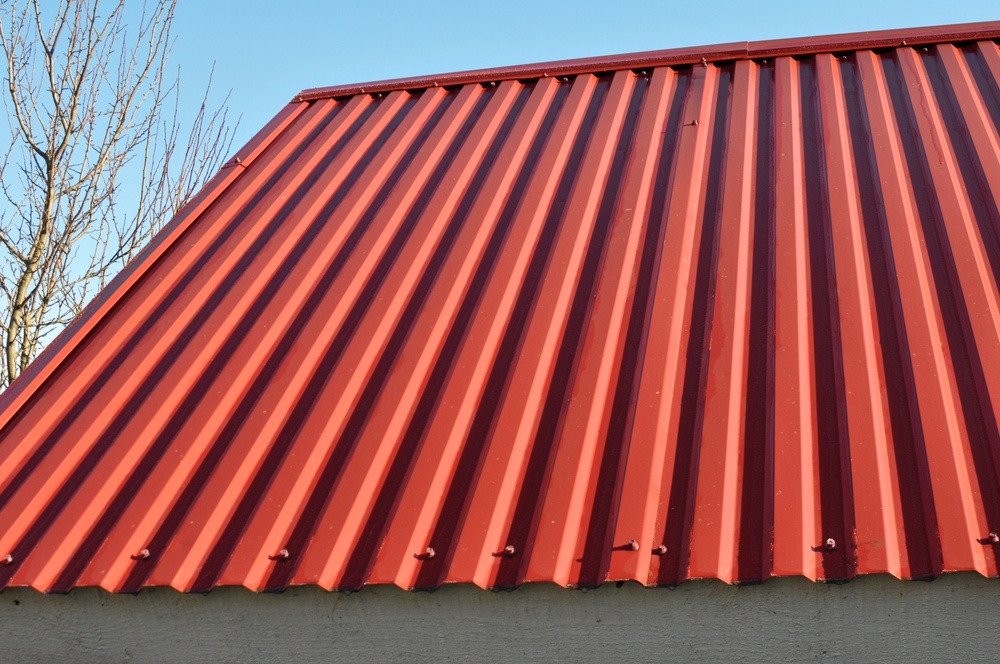
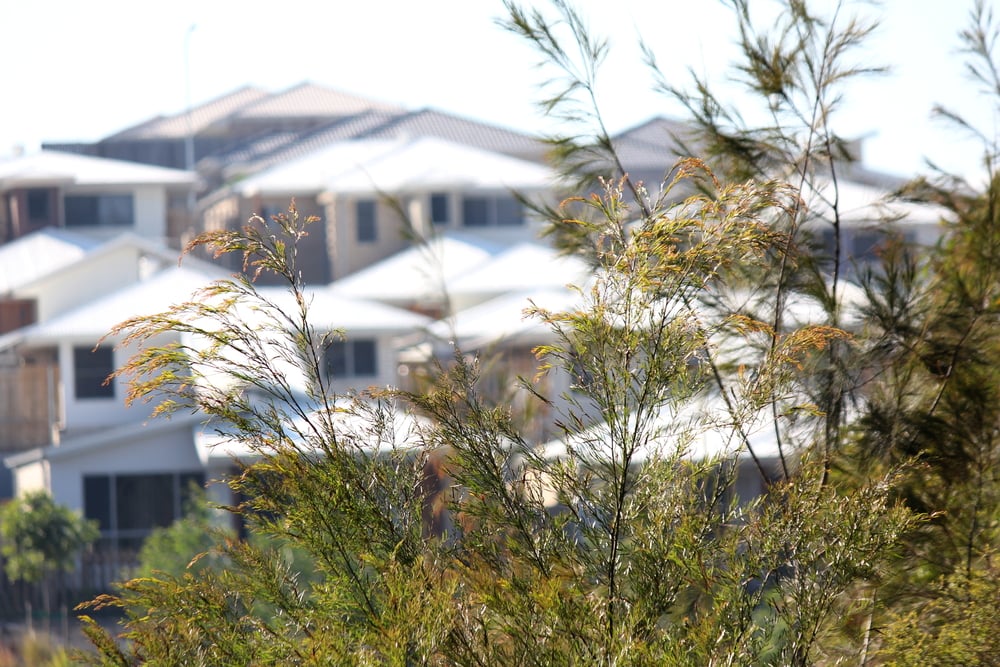




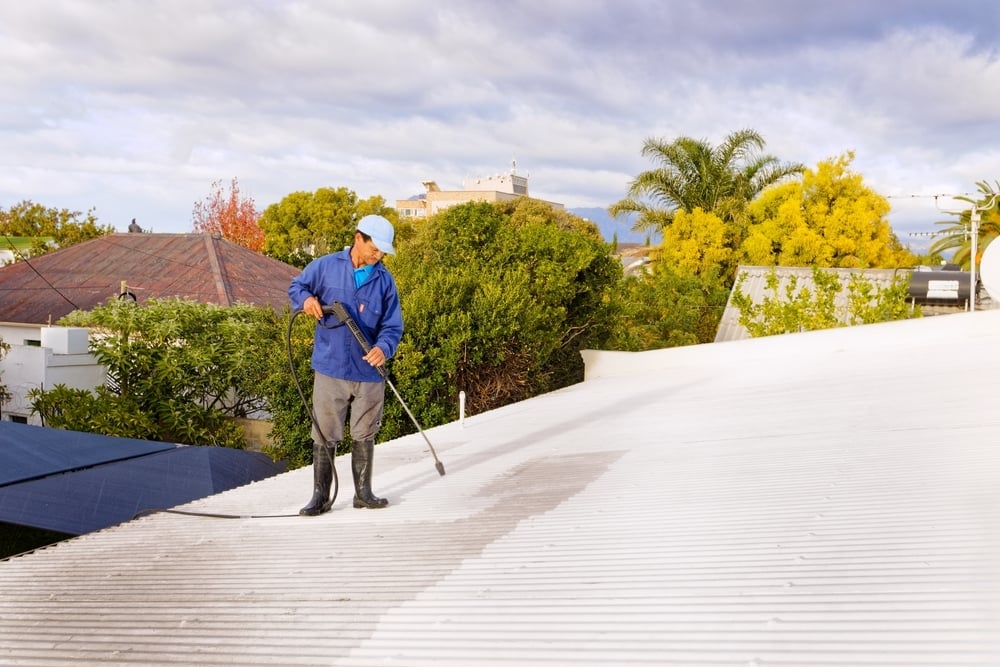
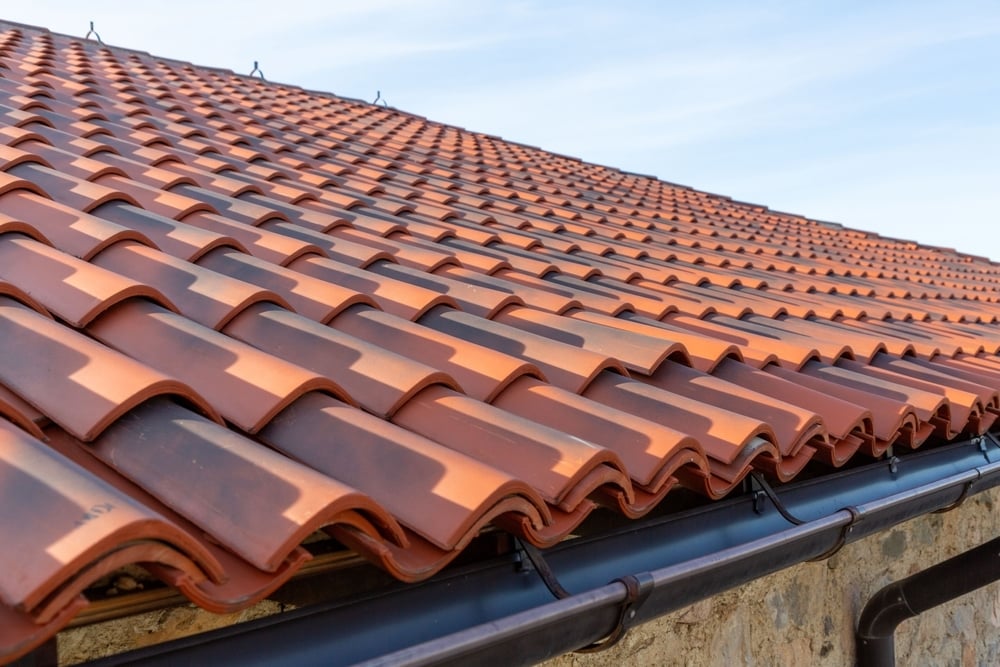
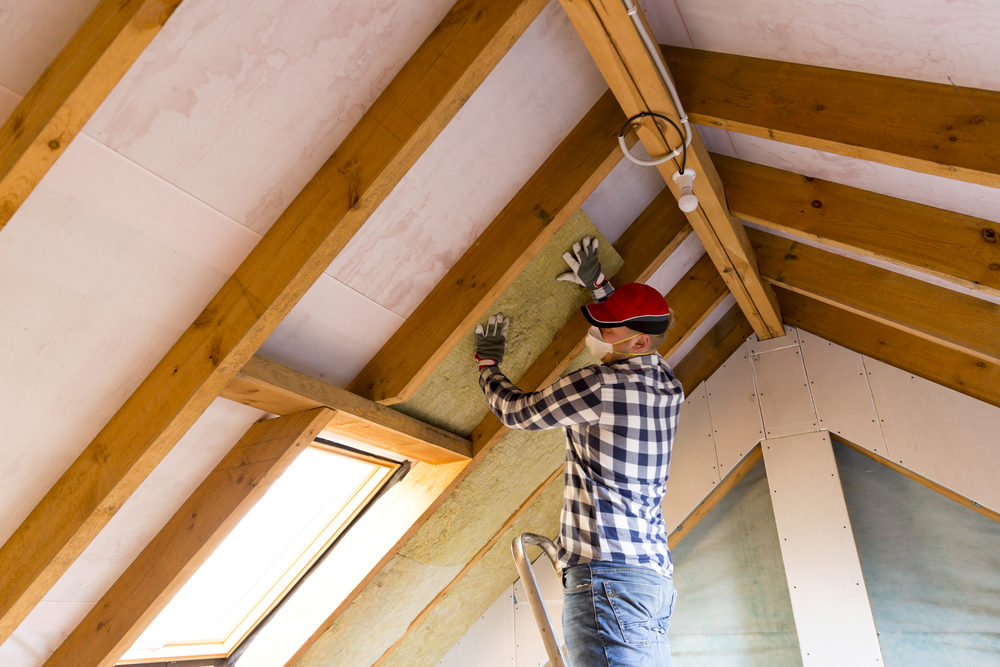
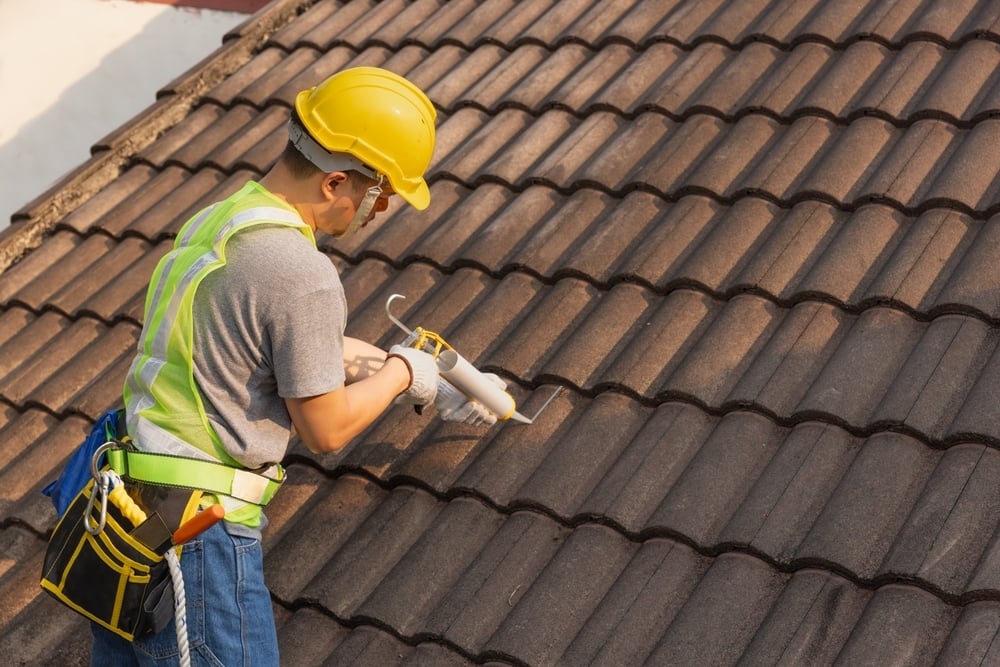
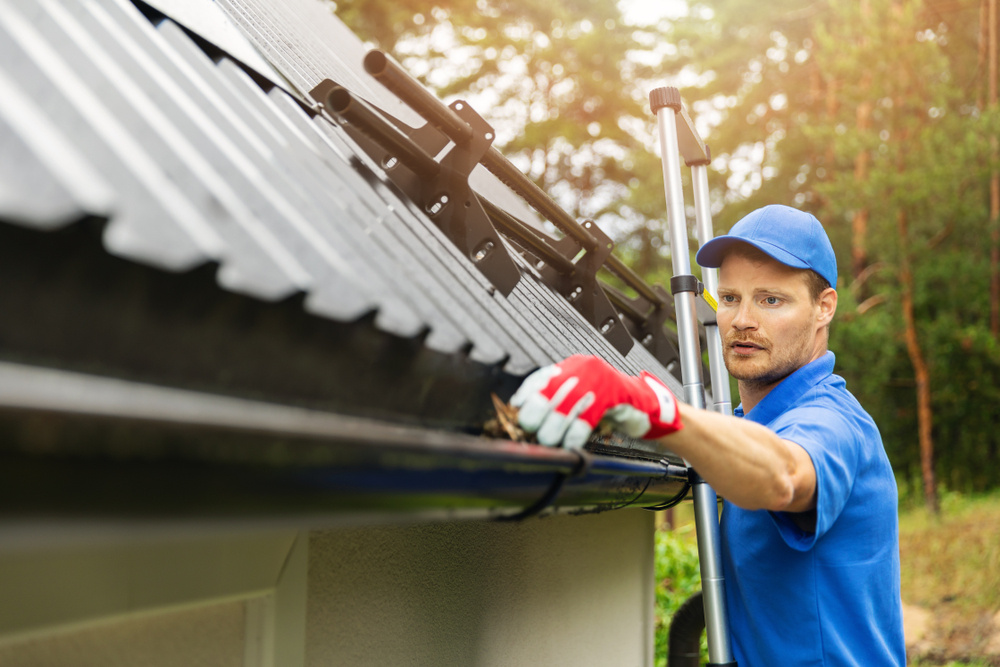

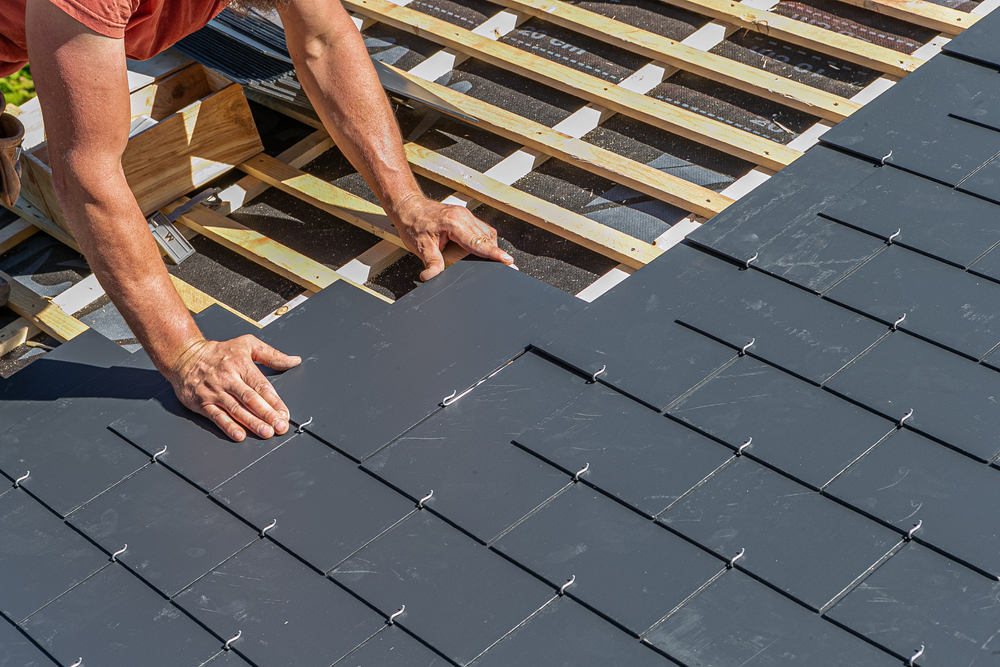
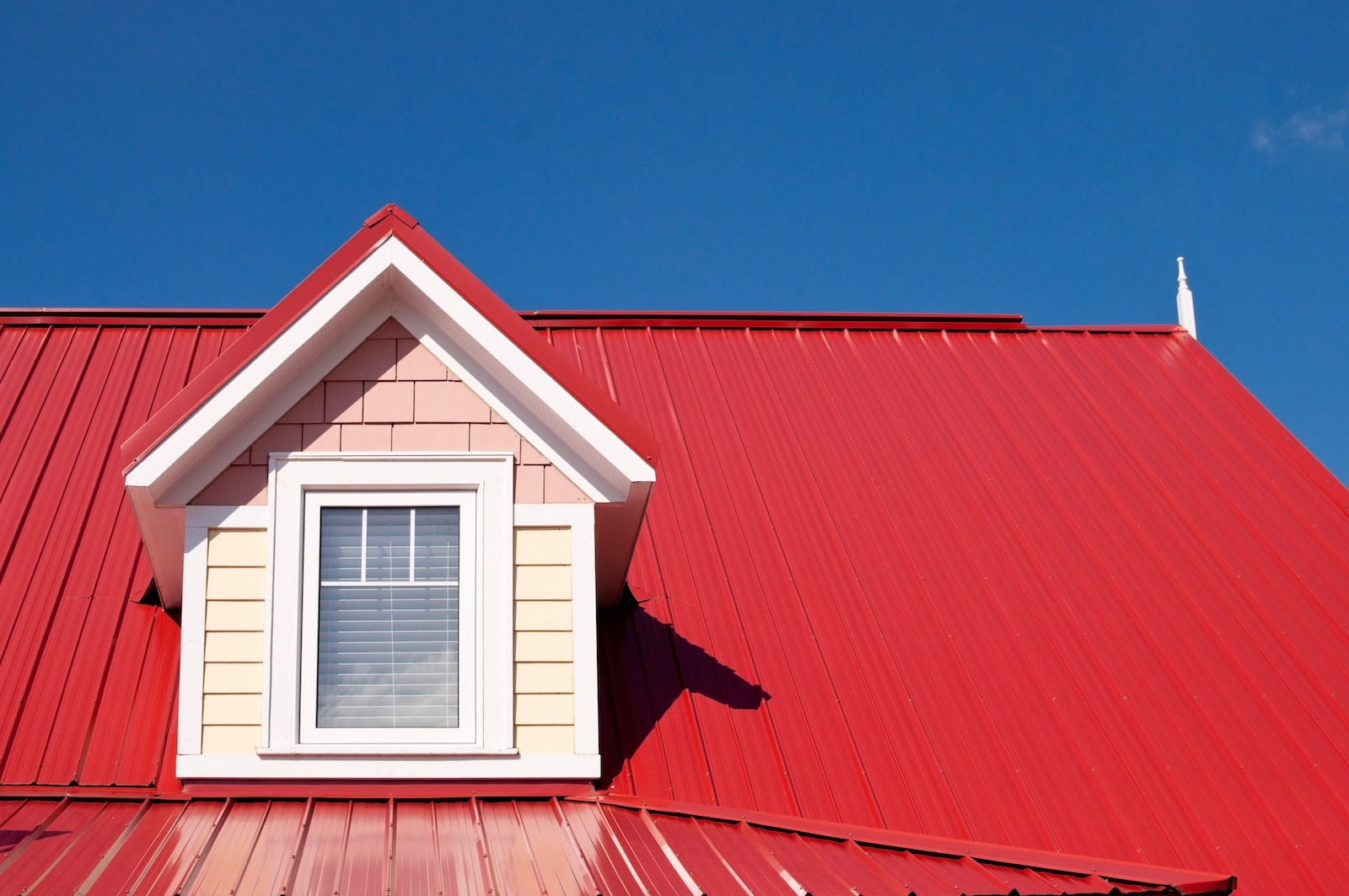
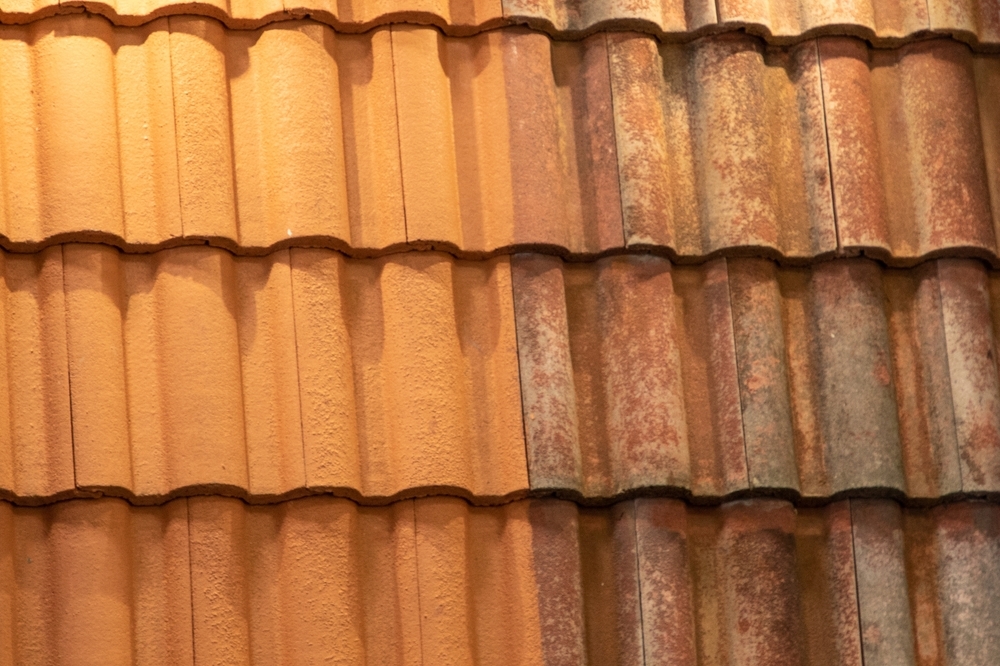
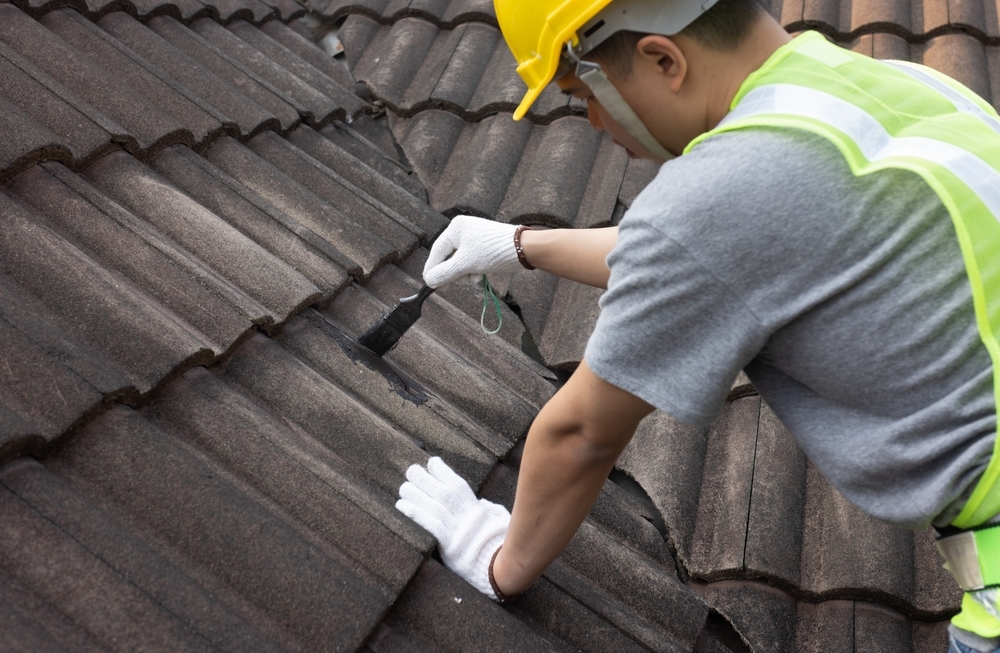
.jpg)
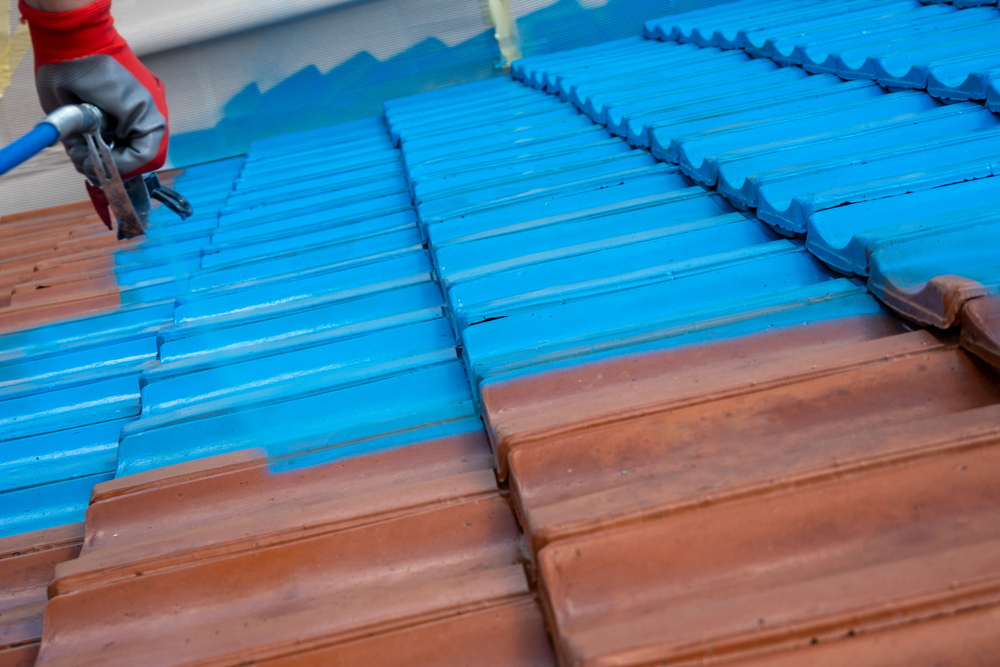
.jpg)













